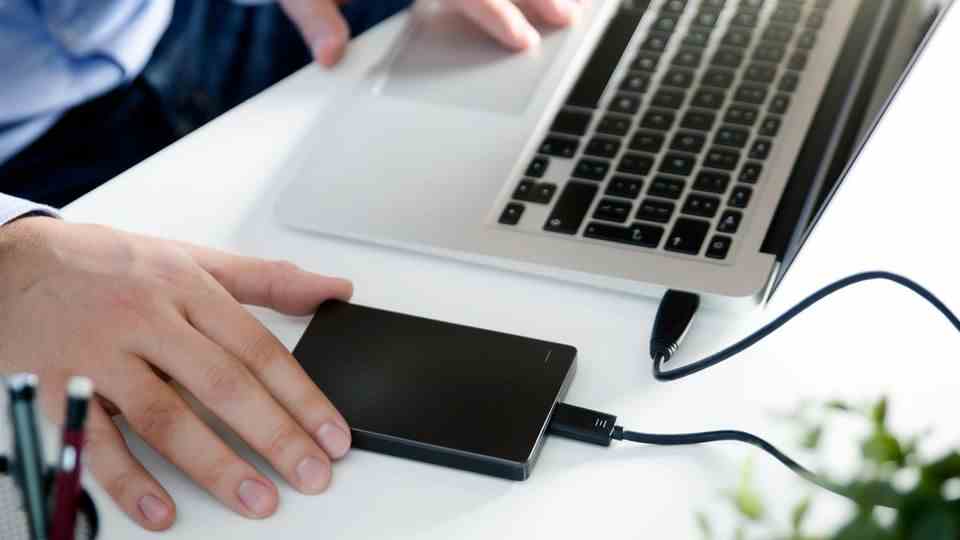Mobile phone companies start project
Hologram telephony should become suitable for the masses
With hologram telephony, the caller should appear in front of you with VR glasses in 3D
© Max / Zoonar / Picture Alliance
Seeing callers as if they were standing in front of you: that is the goal of hologram telephony. Technically it is already possible, but expensive and complex. Large mobile phone companies now want to make them accessible to the masses.
Europe’s major mobile network operators are pulling together so that mobile phone users can see the person they are talking to as a hologram when making a call. Vodafone, Telefónica (O2), Deutsche Telekom and the French company Orange announced on Wednesday a project in which a joint platform for the transmission of three-dimensional images is to be developed.
Although hologram telephony is already technically possible, it is complex and expensive – which is why it is only rarely used, according to the statement. They want to change that and make this type of communication suitable for the mass market. The hologram platform could be available to end customers in about two years. Virtual reality glasses are required to see the 3D image. Financial key data of the project were not mentioned.
Hologram telephony: Talk on the phone as if you were in the same room
“Whether it’s a private call to grandma or a business call with colleagues and customers: hologram telephony brings us closer together with our friends and fellow human beings in the virtual world,” says Michael Reinartz, head of innovation at Vodafone Germany. “Our goal is to make this new form of communication accessible to everyone.” Sven von Aschwege from Telekom says: “Calling as if the person I was talking to was standing in front of me is such a dream that is now getting closer to reality.”
With hologram telephony – also known as “holography” – the person called looks through VR glasses and sees the upper body of the caller as a digital image. This is possible because the selfie camera takes its body data and then its three-dimensional digital version is designed. For example, if you are sitting at home in your home office, a colleague could call and then appear on the other side of the desk as a 3D image. In a call like this, there is only one hologram, and that is that of the caller. There is no hologram of the called party wearing the VR glasses.
Matsuko boss Matus Kirchmayer says the project should make it possible “to see a person virtually as a hologram with amazing realism”. The network operators are working together on the project so that hologram calls also work between different networks and not just connections in the same network.
Visual quality of holograms difficult to predict
The telecommunications industry has been working on hologram connections for a long time. The 5G mobile communications standard, which enables the real-time transmission of enormous bandwidths, is now an important element for progress.
In 2018, Vodafone demonstrated a hologram video call in a moving minibus at a test site in Aldenhoven (NRW). The project at that time was based on a different technology than the current project and was only moderately convincing visually. With the closing of ranks that has now taken place in the industry, a big step forward is to be taken. The mobile phone companies praise the advantages in the warmest tones. How good or bad the visual quality will actually be in everyday use cannot yet be said exactly.


